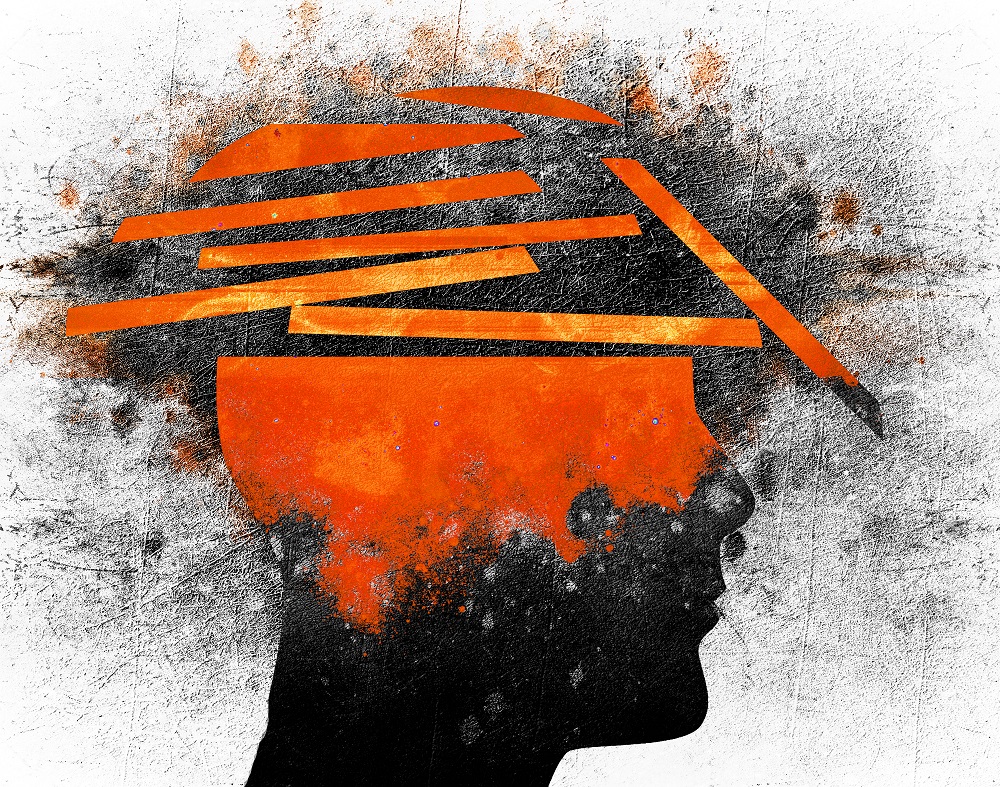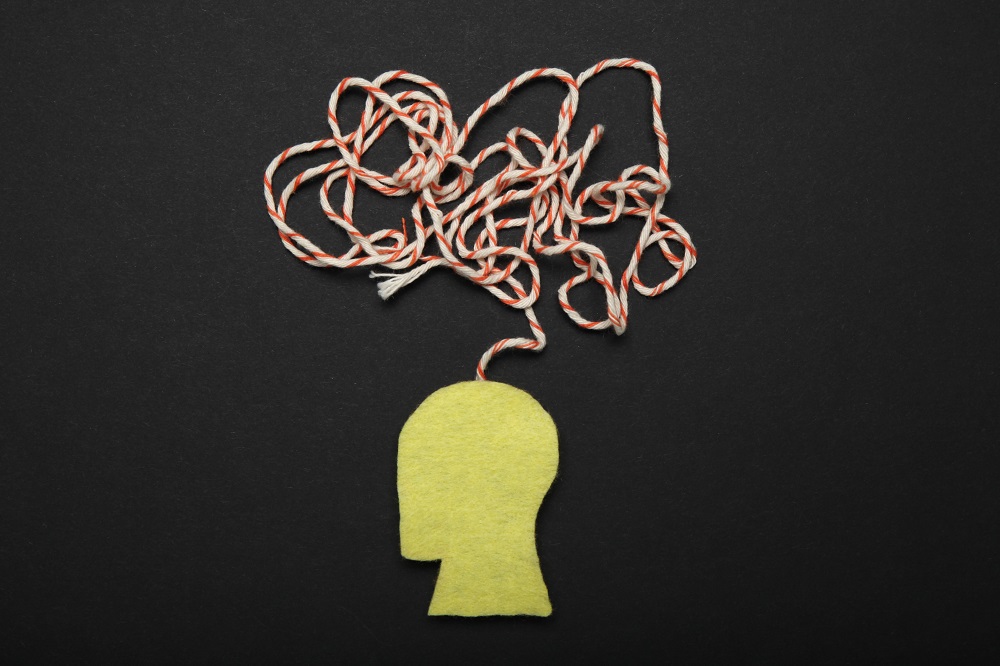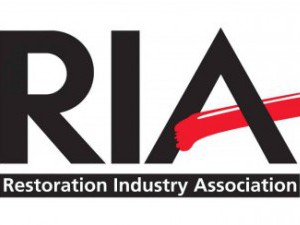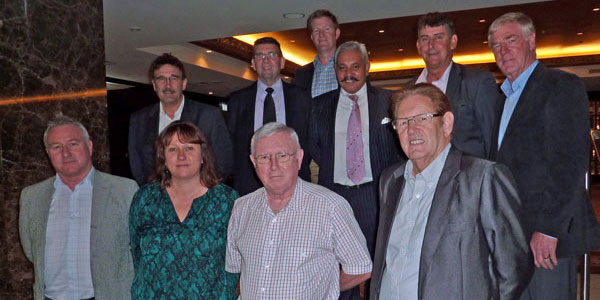
The nature of the work we do every day exposes us to stress and trauma our clients are experiencing.
Not only do we manage 24/7 response, quick deployment of our team, deal with multiple stakeholders, insurance companies and other trades, stresses and strains of managing our own business and team – we also deal with the homeowner or building owner’s stress and trauma related to the event.
We are having to deal with:
- The complex emotional state of the client/homeowner to achieve the expected result. They are often overloaded and overwhelmed.
- Our own emotions and reactions to the disaster and emergency through this process.
When people experience disaster, they go through various stages of emotional response and attempts to process the event.
The initial stages are often of shock, a shocking event brings about a shock response – understanding this response helps us to understand our clients.
This initial reaction is often freeze, fight or flight – which manifests as paralysis/overwhelm, anger or avoidance.
You may find a client being totally paralysed and unable to act, or they might get angry at you, or they may not be answering your phone calls/emails or responding to insurance requests. People may not be themselves.
We can’t control these feelings, but we can learn how to manage them better. Emergency services and first responders such as police, defence, fire fighters, international aid and disaster response are trained to look out for common reactions and how to manage it, however, as restorers we are often not trained in this way.
What are the common reactions?
- Emotional reactions: A range of emotional reactions are possible, that can happen in combination which makes things very difficult. Emotional reactions can be – anger, fear and anxiety, sadness, guilt, feeling numb (protective mechanism when it’s all too much), might be worried that they should be feeling things but are not.
- People will replay the event: They will think about it, talk about, from many different angles and will keep on coming back to it. Concentration and sleep can be affected by this constant replay. Related things can trigger this replay, you might ask a question, they will see a phone number calling, an email, photos, news stories… this can be exhausting.
- Avoid things related to the event: People will try not to think about it, avoid talking about it, avoid people and things connected to it.
- Hyperactive nervous system: People might feel like they are on high alert, looking out for threats and danger, feeling jumpy, sleep is difficult.
- Can change how people see the world: People might find it hard to trust people, believe the world is a dangerous place, engage in “if only I would have done this and that” thinking, critical of themselves “why can’t I just get over it”.
These common reactions are part of being human. It’s important to be mindful that these reactions can affect the way clients interact with you as the professional restorer.
What can we do to manage the situation?
We have a job to do as restorers, not the counsellor in the room, we can listen and act with respect and empathy, and complete our jobs as professionals.
What to do:
- Understand the client, what’s happening for them and their current circumstances regarding the event
- Build trust and understanding
- Be the professional restorer
- Be aware of our own reactions
What not to do: It’s just the client’s problem, they are just being emotional…
We can engage in some simple actions to build trust, right from the beginning when we first make that phone call or walk through their door.
- Listen, be compassionate
- Communicate clearly and well right from the start and throughout the process
- Communicate often, simple and to the point, especially in the early stages of the job
- Be empathetic to the situation and to the client’s feelings
- Be aware of your words and actions, and how you can be perceived
Over time, as professionals we can be affected by witnessing our client’s stress and trauma. In the next edition I will examine the effect on us and how we can manage that better for us and our team.
*This article is based on a recent presentation at the RIA Conference in Queensland.
Dr Melissa Marot has a specialist interest in wellbeing and performance at work. She has many years experience working with people and organisations, including emergency services, United Nations, search and rescue, international disaster recovery and police.
This first appeared in the November/December issue of INCLEAN magazine
Comment below to have your say on this story.
If you have a news story or tip-off, get in touch at info@3.106.117.80.
Sign up to INCLEAN’s newsletter.




